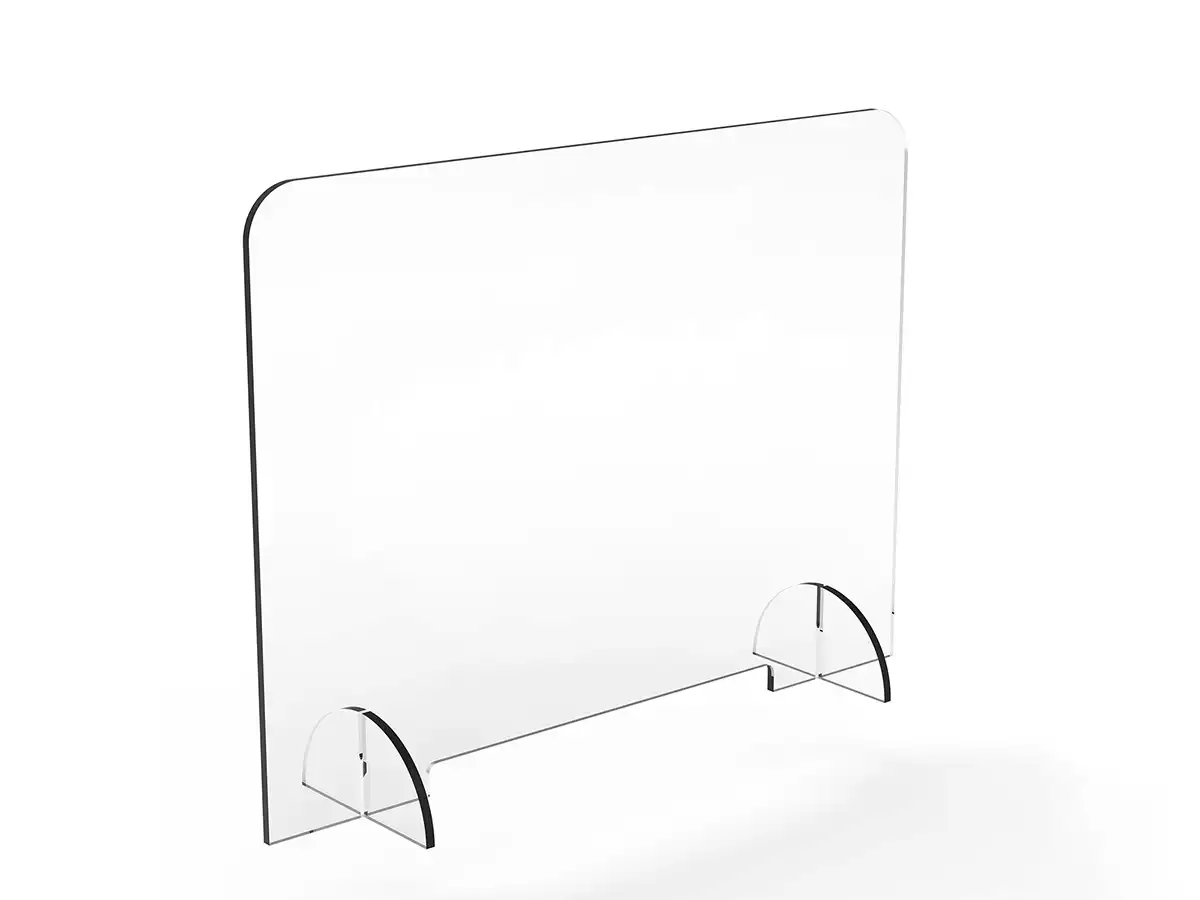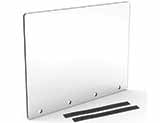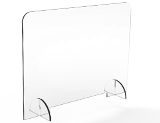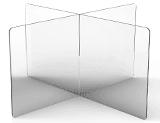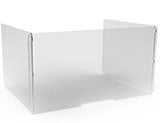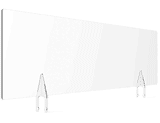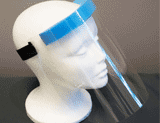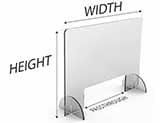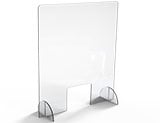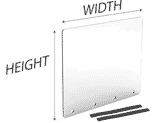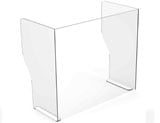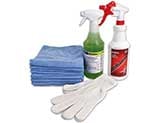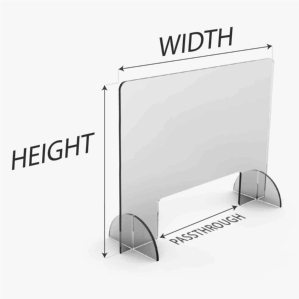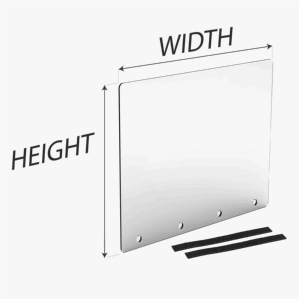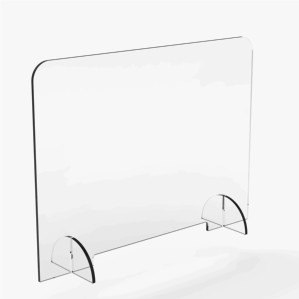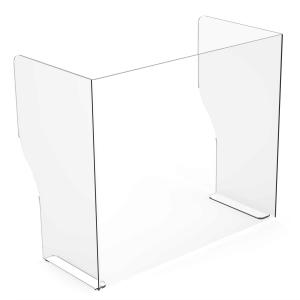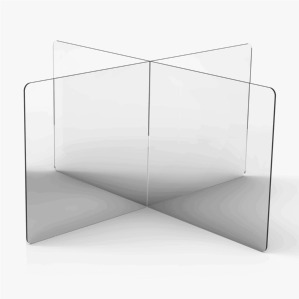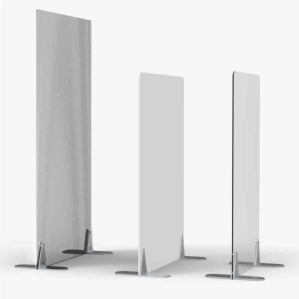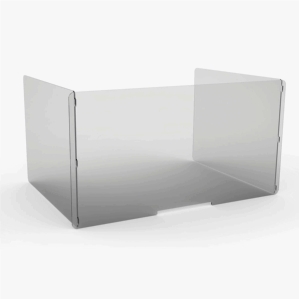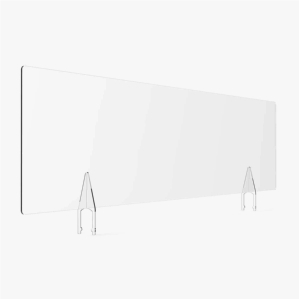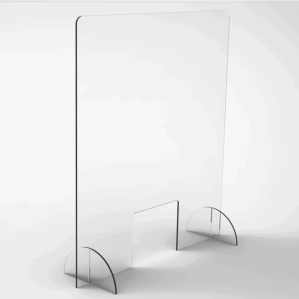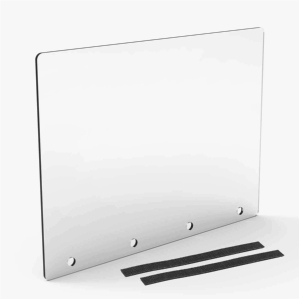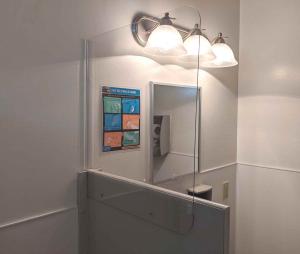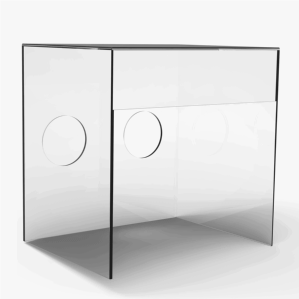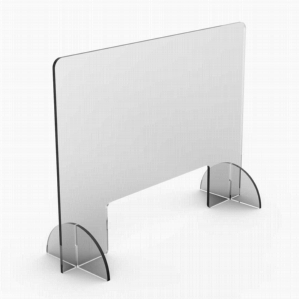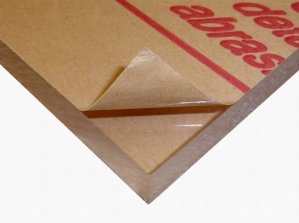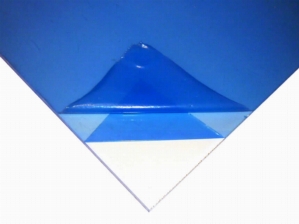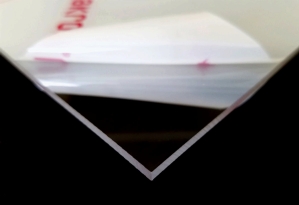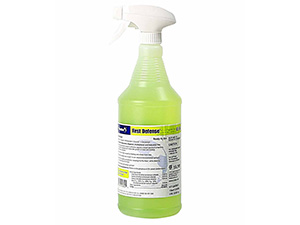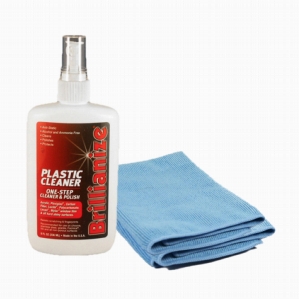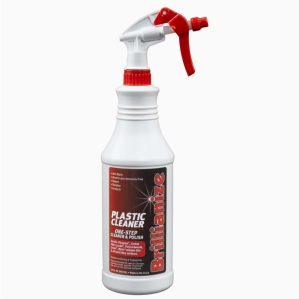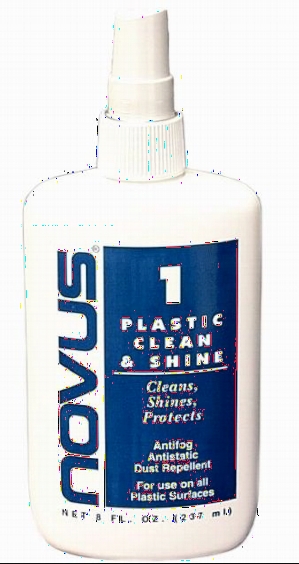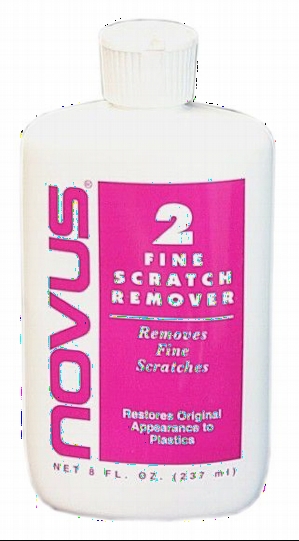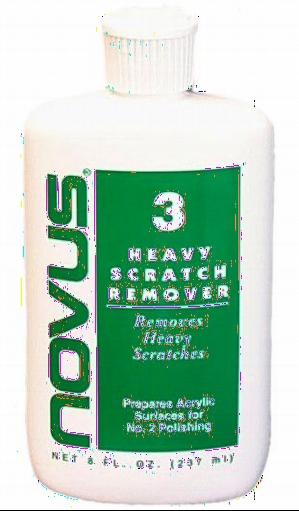Custom cut-to-size protective desktop barriers with rounded corners. Pass-through slot available.
Custom cut-to-size sneeze guards with 4 holes and rounded corners.
The desktop sneeze guard, or vertical sneeze guard, is portable and protects against germs.
Pre-assembled standalone portable desk sneeze guard for use in schools, universities, & workspaces.
Portable divider walls are designed for use as table dividers in cafeterias, break rooms, commons, and other public areas.
Free-standing sheets for office environments that act as portable sneeze guards to protect employees even in environments with limited space.
A U-shaped office desk partition for creating protected workspaces.
U-shaped school sneeze guards for protecting students & educators in classrooms & libraries.
Clear plastic sneeze guard office partition extensions for cubicles and partitions.
Taller than our portable desktop sneeze guards, these guards are designed to act as a physical barrier to stop the spread of germs and pathogens.
Transparent panels with rounded corners that can be installed anywhere, no special hardware required.
Designed to extend bathroom urinal partitions to help guard against airborne pathogens and bacteria.
American-made face protection masks (PPE) that have been approved for use in hospitals.
Ships flat. These self-assembled aerosol blocking shields snap together to protect doctors from patient airways & allow safe access for intubation.
Pre-assembled aerosol blocking shields protect doctors from patient airways & allow safe access for intubation.
Cost-effective, chemically resistant, and durable choice for hospital privacy screens and barriers.
Portable salon plastic sneeze guards with a wide pass-through slot for manicures and pedicures.
Acrylic sheet is 17 times stronger than glass, has excellent clarity, durability, and is lightweight.
Extruded Acrylic has moderate properties, easy handling and processing, and low cost.
Extruded Acrylic has moderate properties, easy handling and processing, and low cost.
Polycarbonate is a versatile, tough, durable plastic used for a variety of applications.
Our sneeze guard cleaning and disinfecting kit has everything needed to safely clean sneeze guards.
A superior solution for sanitizing sneeze guards - effective against COVID-19.
Comes with Brillianize Plastic Cleaner & Polish as well as two microfiber towels.
Brillianize is the ideal final-step polish for acrylic and polycarbonate surfaces.
Brillianize is the ideal final-step polish for acrylic and polycarbonate surfaces.
Brillianize is the ideal final-step polish for acrylic and polycarbonate surfaces.
2oz bottles of Novus 1, 2, and 3 as well as a microfiber towel and cleaning wipes.
Gently cleans without scratching and leaves a smooth finish that resists finger marks and fogging.
Removes fine scratches, haziness and abrasions from most plastics
Restore older, deeply damaged acrylic and plastic fixtures.
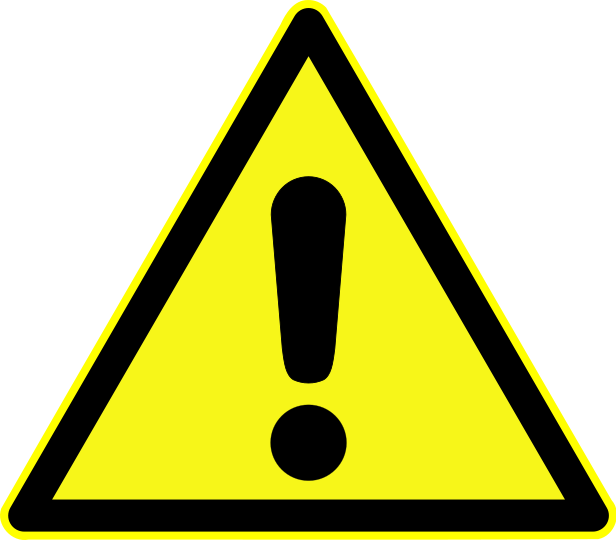
WARNING: The products on this page can expose you to chemicals including Ethyl acrylate, CAS 140-88-5, which are known to the State of California to cause cancer. For more information go to www.p65warnings.ca.gov.

WARNING: The products on this page can expose you to chemicals including Bisphenol A, CAS 80-05-7, which are known to the State of California to cause birth defects or other reproductive harm. For more information go to www.p65warnings.ca.gov.

